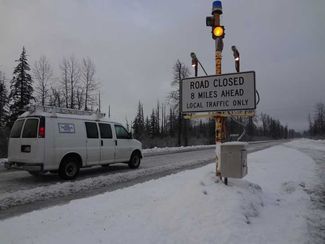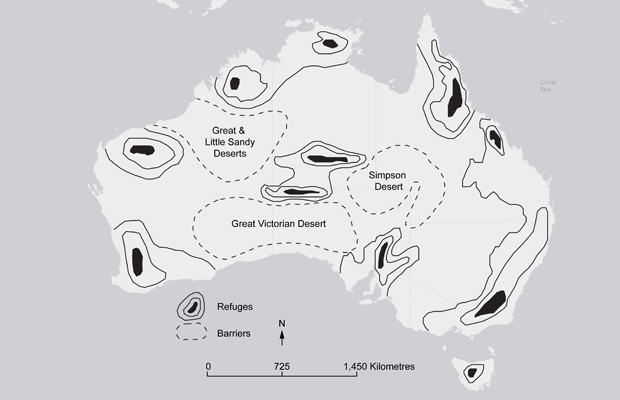OF THE
TIMES

If one compares the temperature development of the last 15 years to the simulations from the new climate model generation, then one sees a substantial deviation between reality and model: the so-called temperature hiatus."Air temperature is the preferred parameter that experts use to gauge climate change. On the hiatus the ZAMG writes, "In the last 15 years there has been a clear weakening in the global temperature rise; only 3 of 114 climate model simulations account for it (Figure 1)."
"The middle depths of a part of the Pacific Ocean have warmed 15 times faster in the past 60 years than they did during the previous 10,000 years."Then this BBC article cites "the world's leading experts on ocean acidification", who claim that:
"The world's oceans are becoming acidic at an unprecedented rate and may be souring more rapidly than at any time in the past 300 million years, [...] causing a 30% loss of species in some ocean ecosystems."And, as you can probably guess, these experts are certain that it's all your fault.
